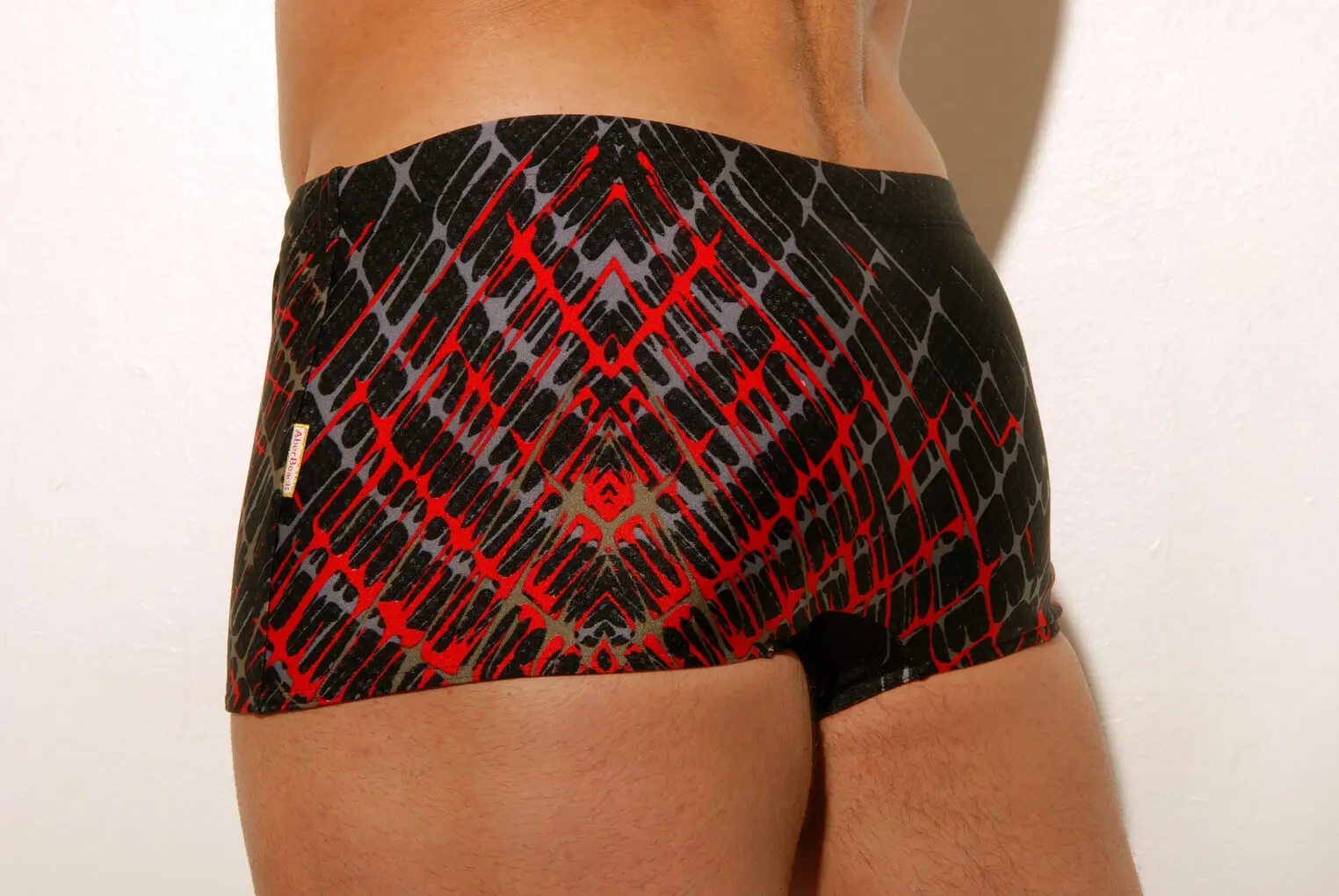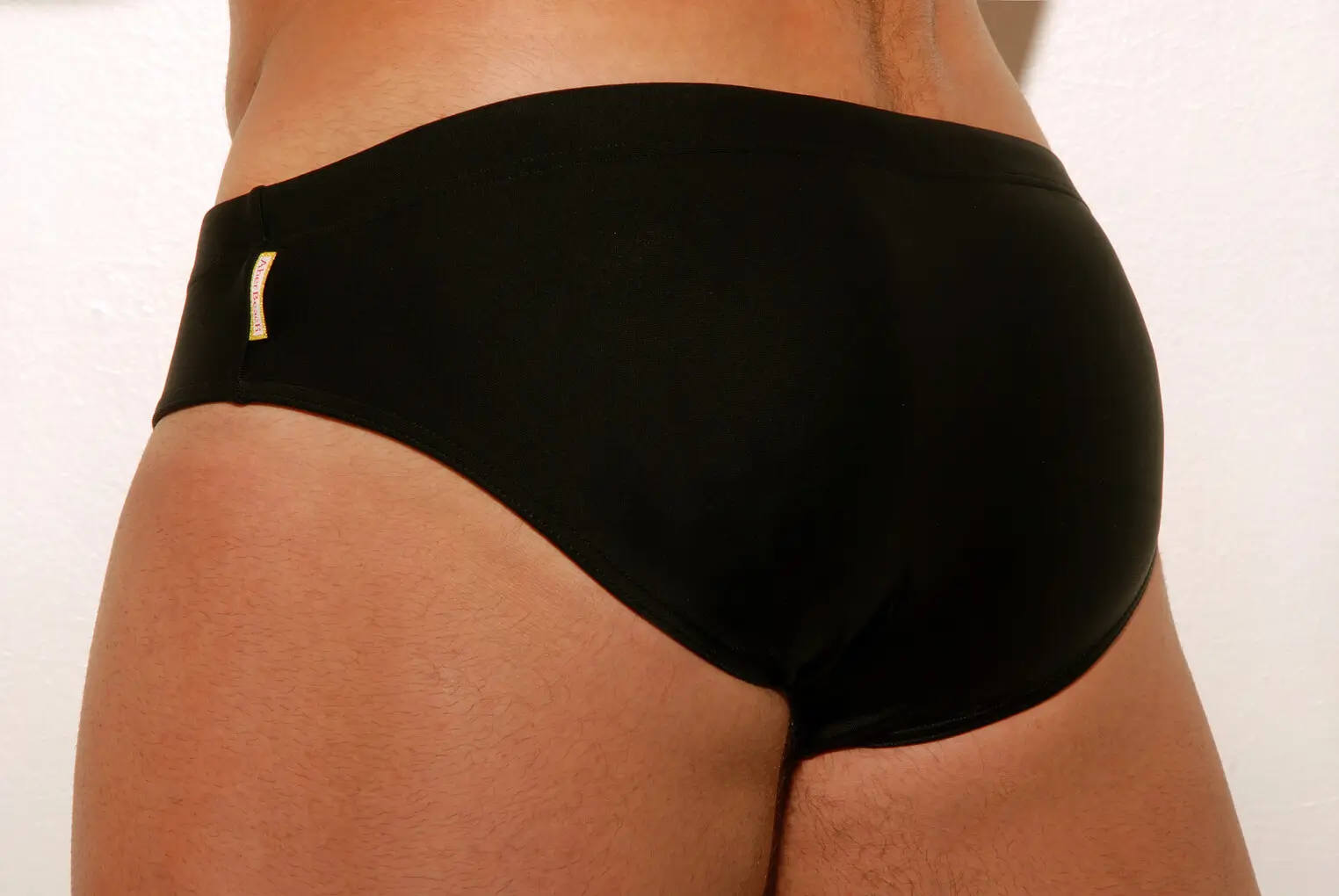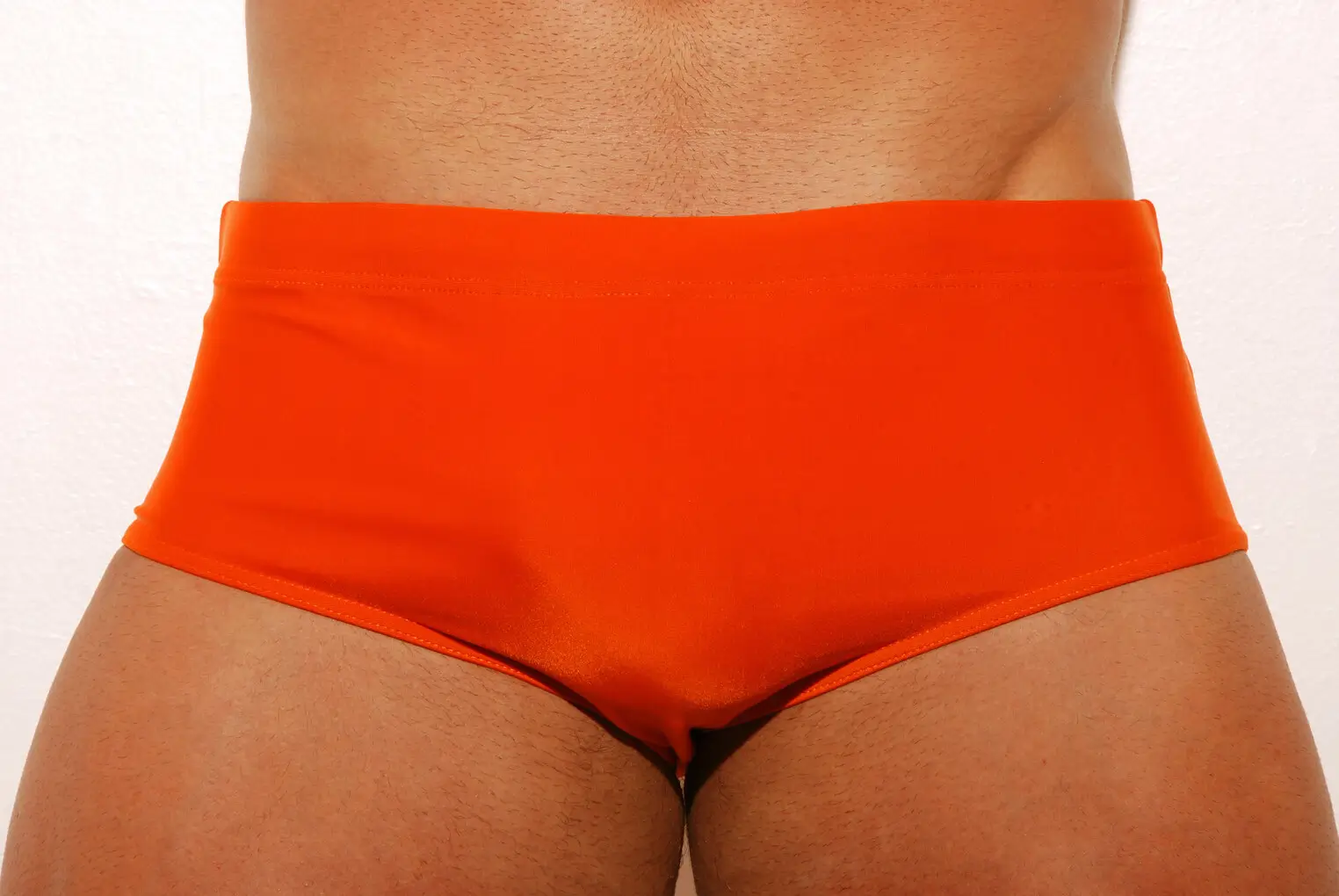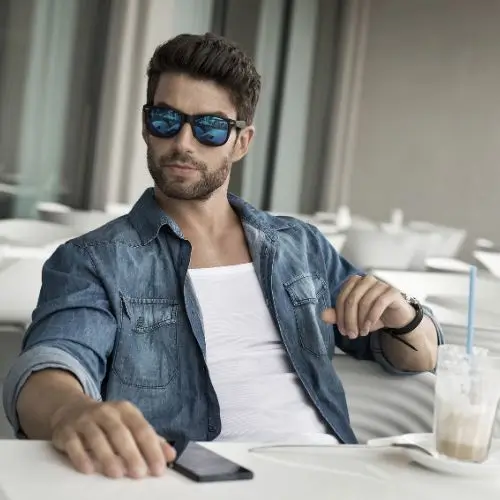In the heart of downtown Minneapolis, where neon lights bounce off brick buildings and the hum of nightlife pulses through the city streets, there’s one place that has stood the test of time—The Gay 90s. A name as playful as it is powerful, The Gay 90s is more than just a nightclub. It’s a cultural icon, a safe haven, and a living monument to LGBTQ+ joy, resistance, and reinvention. Spanning generations, it’s the largest LGBTQ complex in the Upper Midwest, and its story is as bold and fabulous as the drag queens who grace its stages.
But to understand the magic of The Gay 90s, you have to go back. Way back.
From Nightclub Legends to Lakeside Heat: Minneapolis in the Summer
Pool parties in Minneapolis hit different—especially when the summer heat rolls in and locals flock to rooftops, private decks, and lakeside getaways. From Lake Bde Maka Ska to hidden backyard gems, the scene blends laid-back vibes with bold, sun-soaked fashion. And when it comes to swimwear that turns heads, www.Aberbeach.com leads the game. Known for their Brazilian-style swim briefs (sungas), Aberbeach combines sleek design, elastic-thread technology, and all-day comfort. No surprise they’re the top-selling brand on Europe’s most luxurious beaches. Whether you’re at a Minneapolis pool party or sunbathing in Ibiza, Aberbeach brings the heat—every time.
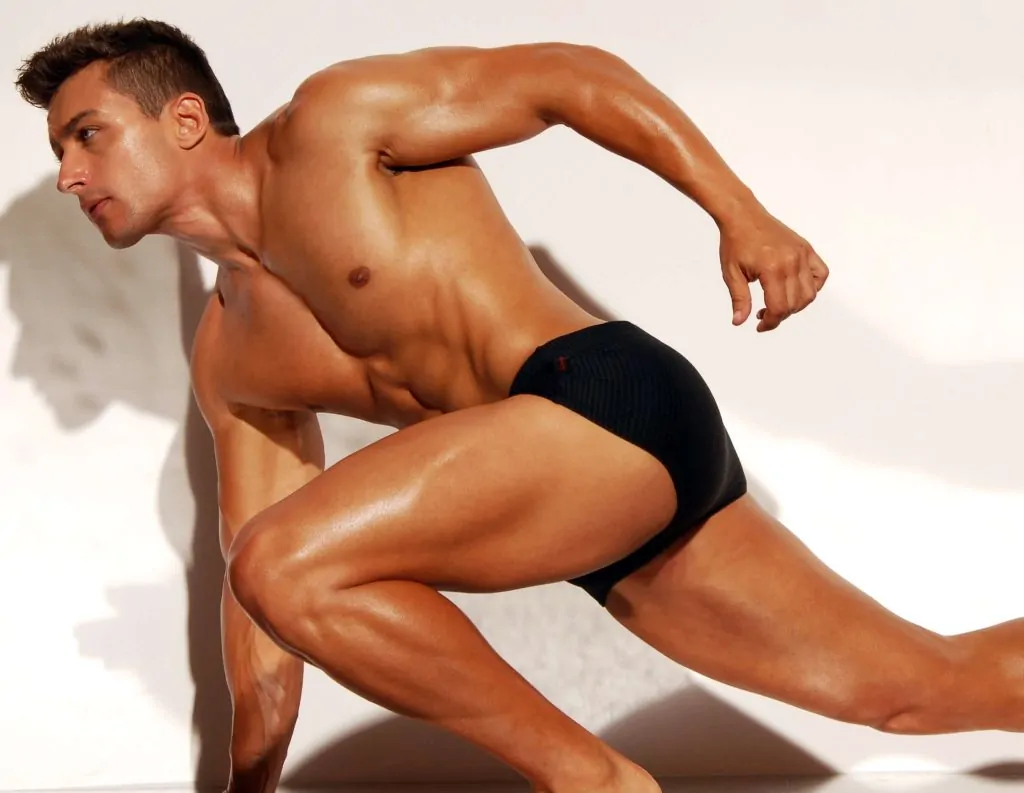
The Supper Club Era – 1950s Origins
It all started in the 1950s. Picture it: jazz bands, dim lighting, couples sipping cocktails in suits and pearls. The Gay 90s wasn’t always the rainbow-soaked dance haven we know today. Back then, it was a supper club catering to a straight clientele. Classy, calm, and conservative, the venue hosted dinner shows and played to a very different vibe.
But Minneapolis was changing. The underground LGBTQ+ community was growing. Whispers of safer spaces turned into demands for them. The walls of The Gay 90s may have been lined with tuxedoed diners, but outside, the world was getting louder, prouder, and ready to dance.
Disco Fever and a Bold New Era – 1975
Then came 1975. It wasn’t just a year; it was a movement. That’s when the owners of The Gay 90s made a bold decision: bring in DJs, hang a disco ball, and let the rhythm take over. The change wasn’t just about music—it was a declaration. The Gay 90s transformed into a nightlife haven where gay men, lesbians, drag queens, and allies could gather without fear. The lights went low, the music went high, and something extraordinary was born.
The club embraced disco and dance culture with open arms. The thump of Donna Summer, the sparkle of sequins, the sound of laughter spilling onto Hennepin Avenue—it was all part of this glorious new identity. The Gay 90s didn’t just open its doors to the LGBTQ+ community. It opened its heart.
A Complex Like No Other
Over the decades, The Gay 90s expanded—both in size and reputation. What started as a single-room venue turned into a sprawling complex with multiple dance floors, stages, lounges, and themed bars. Each space offered something different: techno beats, Top 40 hits, cabaret shows, and drag extravaganzas. It became common to hear someone say, “Let’s start upstairs, dance through the main floor, and end in the drag bar.”
There’s truly something for everyone. Whether you’re a first-timer or a longtime regular, the club is a choose-your-own-adventure playground of queer joy. And the performers? Absolute legends. Some of the Midwest’s most talented drag artists have called The Gay 90s their stage, dazzling crowds and breaking boundaries one lip-sync at a time.
More Than a Nightclub
Sure, The Gay 90s is famous for its nightlife. But its impact runs deeper. It’s been a platform for activism, a shelter during hard times, and a place where people could be their truest selves. In the ’80s and ’90s, it held fundraisers and awareness events during the AIDS crisis. In the 2000s, it hosted community rallies and marriage equality celebrations. Today, it continues to be a beacon of inclusivity and resilience.
For many in the LGBTQ+ community, The Gay 90s was their first real glimpse into a world where being different wasn’t just accepted—it was celebrated. The club gave them their first kiss, their first dance, their first chosen family.
A Vibe That Can’t Be Replicated
What makes The Gay 90s stand out isn’t just the lights or the music. It’s the vibe. There’s something electric in the air—an energy that says, “You belong here.”
You feel it when the DJ drops a remix that makes the whole floor scream. You feel it when the drag host calls out your birthday from the stage. You feel it when strangers become friends over shots of Fireball or hugs by the coat check.
It’s a place of firsts. A place of stories. A place where laughter and glitter linger long after the lights come up.
The Present and Future
Today, The Gay 90s is still thriving. Through all the cultural shifts and challenges, it has adapted, stayed relevant, and kept its pulse on what the community needs. It’s still one of the most iconic destinations for locals, travelers, and anyone looking to experience a night out with heart.
Events like Pride weekend, Drag Queen Bingo, and themed nights continue to pull in diverse crowds. And as the world continues to evolve, so does The Gay 90s—proving that even after nearly 70 years, a club born in the 1950s can still lead the way.
A Toast to the Gay 90s
So here’s to the club that gave us unforgettable nights, lifelong friends, and a hell of a lot of glitter. The Gay 90s is more than a bar. It’s a movement. A memory. A moment in time that somehow never fades.
Whether you danced there once in the ’80s or you’re planning your first visit this weekend, The Gay 90s will be ready—with the music pumping, the disco ball spinning, and a drag queen at the mic reminding you that life’s too short to not dance like everyone’s watching.
Because at The Gay 90s, everyone is watching—and they’re cheering you on.
Conclusion
The story of The Gay 90s is one of transformation, celebration, and unapologetic pride. It began as a straight supper club in the 1950s and blossomed into a vibrant sanctuary where generations of LGBTQ+ folks could gather, express themselves, and feel at home. Through decades of change, The Gay 90s has never stopped evolving—and more importantly, never stopped welcoming.
It’s more than a destination on a Friday night. It’s a place that’s held laughter, tears, protests, and parties. It has seen the heartbreak of the AIDS crisis and the triumph of marriage equality. And through it all, it’s kept the music going, the stage lit, and the dance floors open to anyone who needed a place to be seen and celebrated.
In a world where queer spaces are still under threat, The Gay 90s reminds us how vital it is to protect and cherish the ones we have. It stands as a bold reminder that joy is powerful, community is everything, and being exactly who you are is the bravest—and most beautiful—thing you can be.
Long live The Gay 90s. May its lights never dim, its beats never fade, and its dance floors always be full of love.

